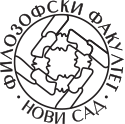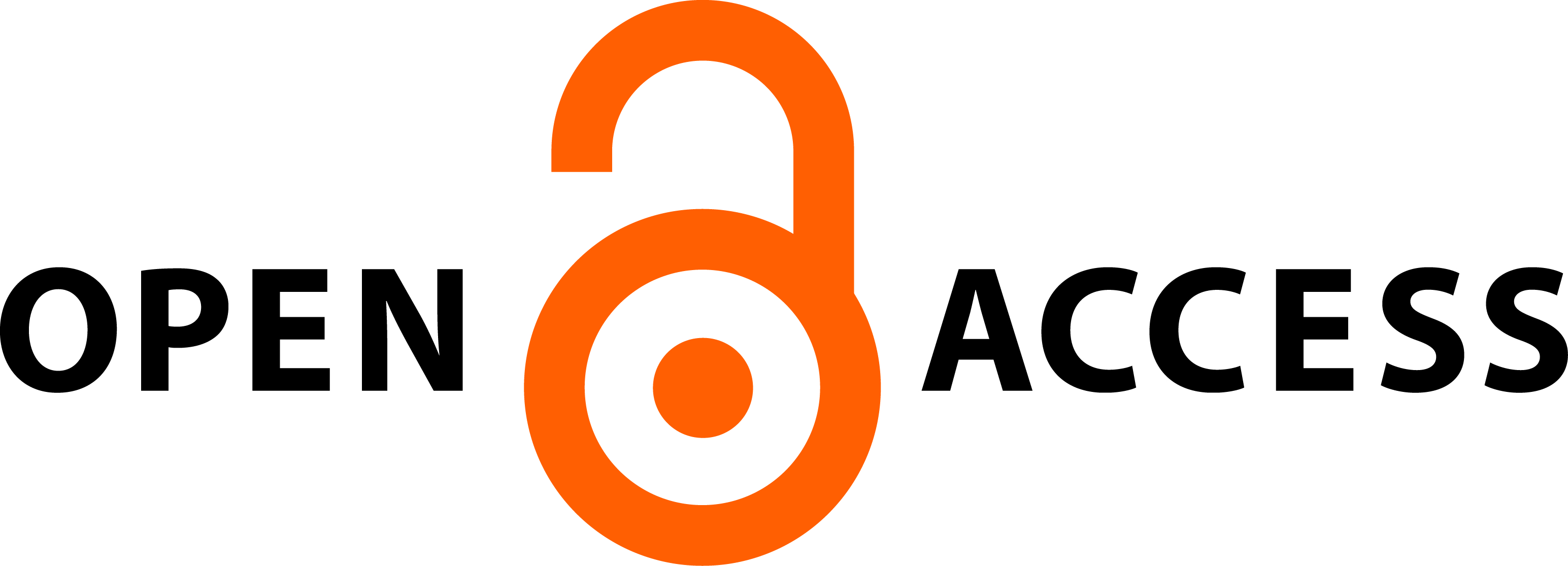A KOLLABORATÍV ONLINE NYELVTANULÁS LEHETőSÉGEI ÉS TANULSÁGAI KÉT MAGyAR MINT IDEGEN NYELVI PROJEKT ALAPJÁN
Absztrakt
A dolgozat egy magyar mint idegen nyelv oktatásához kapcsolódó kutatás eredményeiből mutat be részleteket. Magyar tanárjelöltek, japán és horvát nyelvtanulók voltak a résztvevői a budapesti, oszakai és eszéki egyetemeken zajló két projektnek, melyek középpontjában az interkulturális kommunikatív kompetencia és az IKT-eszközök használata állt. A kommunikációs felületet közösségi oldalak biztosították (LINE, illetve Facebook). A számítógépen és telefonon egyaránt megjeleníthető tematikus feladatokat a tanárjelöltek készítették, melyeket a nyelvtanulók jellemzően páros vagy csoportos munka során oldottak meg. A projektek utolsó eleme egy a résztvevők által kitöltött kérdőíves felmérés volt. Ennek eredményei alapján számolunk be arról, mit tartottak hasznosnak a résztvevők, illetve mi jelentett nehézséget számukra. Az előzetes elvárásoknak megfelelően a kultúraközvetítés, a valós kommunikáció a pozitívumok között szerepelt, ahogy az IKT-eszközök használatában szerzett gyakorlat is. A két nyelvtanuló csoport eltérő mértékben jelölte meg a nehézséget okozó tényezőket. A nemzetközi tapasztalatokkal egybevágóan kutatásunk eredményei is azt bizonyítják, hogy a tanári irányítás elengedhetetlen eleme e projekteknek, azzal viszont sikeres és hatékony színfolt lehet a nyelvtanítás és -tanulás palettáján.
Hivatkozások
Beneke, Jürgen. 2000. Intercultural competence. In Training the trainers, ed. Bliesener, Ulrich. 108–109. Köln: Carl Duisberg Verlag.
Borsos Levente–Kruzslicz Tamás. 2017. Interkulturális kommunikatív kompetencia fejlesztése IKT eszközökkel. Egy japán–magyar projekt tanulságai. THL2 (1–2): 270–288.
Borsos Levente–Kruzslicz Tamás. 2019. Magyar szakos japán hallgatók interkulturális kommunikatív kompetenciájának fejlesztése IKT-eszközökkel. Gyermeknevelés 7 (1): 91–98.
Byram, Michael. 1997. Teaching and Assessing Intercultural Communicative Competence. Cleveden: Multilingual Matters.
Dombi Judit. 2017. „Egyszerre volt érdekes és ijesztő; de azt hiszem, leginkább hi- hetetlenül izgalmas volt”: Angol szakos egyetemi hallgatók interkulturális élet- helyzetekben (‘It was interesting and meanwhile scary, but eventually, it was unbelievably exciting’). Modern Nyelvoktatás 23 (1): 17–30.
Ellis, Rod. 2003. Task-based language learning and teaching. Oxford: Oxford University Press.
Európai Parlament–Európai Tanács 2006. 2006/962/EK ajánlás az egész életen át tartó tanuláshoz szükséges kulcskompetenciákról. http://eur-lex.europa.eu/legal-content/ HU/TXT/?uri=URISERV%3Ac11090 (2017. ápr. 6.)
Holló Dorottya. 2016. Az interkulturalitás helye az angolszakos tanárképzésben – az interdiszciplinaritás kihívásai. In Kutatások és jó gyakorlatok a tanárképzés tudós műhelyeiből, szerk. Károly Krisztina–Homonnay Zoltán. 178–192. Budapest: ELTE Eötvös Kiadó.
Illés, Éva–Akcan, Sumru. 2017. Bringing real-life language use into EFL classrooms. ELT Journal 71 (1): 3–12.
Innovative Teaching and Learning Research 2011. 21CLD Learning Activity Rubrics. https://education.microsoft.com/GetTrained/ITL-Research (2017. ápr. 6.)
O’Dowd, Robert–Lewis, Tim. 2016. Online Intercultural Exchange: Policy, Pedagogy, Practice. London: Routledge.
OECD 2005. The definition and selection of key competencies. Executive summary. https://www.oecd.org/pisa/35070367.pdf (2020. nov. 15.)
Okamoto, Mari. 2020. A magyar mint főszak a japán felsőoktatásban. In Spectrum Hungarologicum 10, szerk. Karizs Krisztina–Fenyvesi Kristóf–Lahdelma Tuomo, 24–36. Jyväskylä: University of Jyväskylä. https://jyx.jyu.fi/bitstream/handle/ 123456789/71262/1/Hungarologia_a_tavolkeleten.pdf (2020. nov. 17.)
Orsini-Jones, Marina–Lee, Fiona. 2016. Intercultural Communicative Competence for Global Citizenship. London: Palgrave Macmillan.
Peck, Christiane–Rot Gabrovec, Veronika–Čaňková, Michaela–Lázár, Ildikó–Vief- Schmidt, Gerlind. 2007. Materials and activities to develop intercultural competence. In Developing and assessing intercultural communicative competence, eds. Lázár, Ildikó–Huber-Kriegler, Martina–Lussier, Denise–Matei, Gabriela S.–Peck, Christiane. 19–22. Strasbourg: Council of Europe.
Piros Borbála. 2006. Az interkulturális dimenzió bevonása a magyar mint idegen nyelv oktatásába. Hungarológiai Évkönyv (1): 90–96.
Szili Katalin. 2005. A múlt tanításairól és a jelen kihívásairól a nyelv és a kultúra taní- tásának kapcsán. THL2 1 (1): 44–53.
Van Ek, Jan Ate. 1986. Objectives for Foreign Language Learning. Vol 1: Scope. Stras- bourg: Council of Europe
W1 = https://newzoo.com/insights/rankings/top-50-countries-by-smartphone- penetration-and-users (2020. nov. 15.)
Yashima, Tomoko. 2002. Willingness to communicate in a second language: The Japanese EFL context. Modern Language Journal 86 (1): 55–66.
Yashima, Tomoko–Zenuk-Nishide, Lori–Shimizu, Kazuaki. 2004. The Influence of Attitudes and Affect on Willingness to Communicate and Second Language Communication. Language Learning 54 (1): 119–152.








